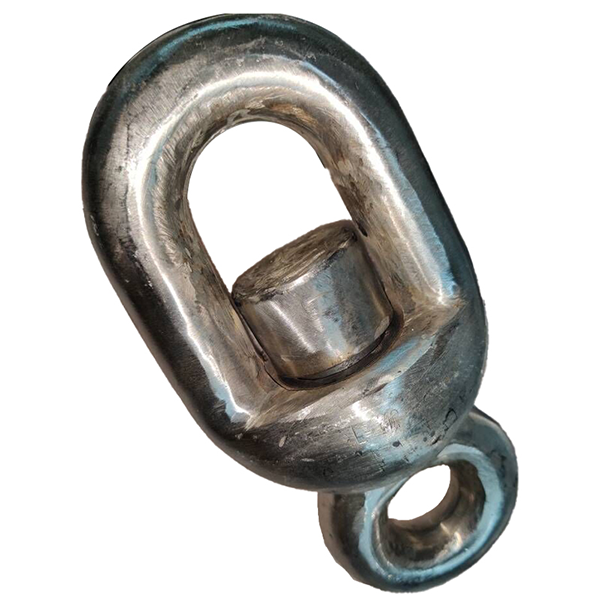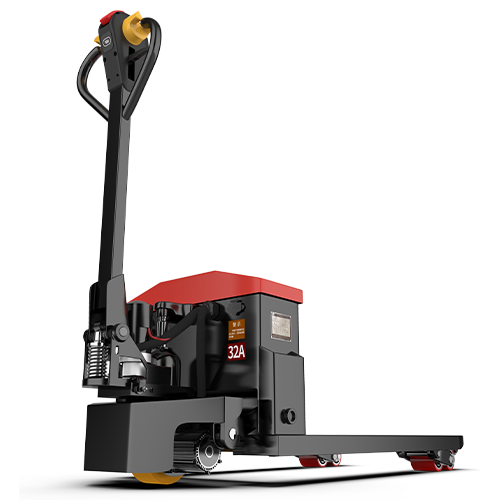Why Lubrication Is Essential for Electric Hoist Maintenance
In today’s industrial world, electric hoists have become essential lifting tools across a wide range of sectors — from manufacturing and construction to logistics and warehousing. Known for their efficiency, energy-saving capabilities, and environmental friendliness, these machines are relied upon daily to move heavy loads with precision and safety.
However, to ensure the long-term reliability and smooth operation of an electric hoist, regular maintenance is not just recommended — it's required. Among all maintenance tasks, lubrication stands out as one of the most critical . Proper lubrication helps reduce wear, prevent overheating, and extend the service life of vital mechanical parts.
Let’s explore why lubrication in electric hoist maintenance is so important, what components need attention, and how to do it right.
1. Choosing the Right Lubricant Matters
The first step in effective lubrication is selecting the appropriate lubricant for your specific hoist model and working conditions.
Different types of hoists — such as wire rope hoists or chain hoists — may require different lubricants. Always refer to the manufacturer’s guidelines when choosing between grease, oil, or synthetic alternatives.
Key considerations include:
Cleanliness : Ensure the lubricant is free from contaminants.
Viscosity : Choose the correct viscosity based on operating temperature and load.
Compatibility : Make sure the lubricant is compatible with the materials used in the hoist components.
Using high-quality, OEM-recommended lubricants can significantly enhance performance and durability.
2. Sealing the Lubrication System
Even the best lubricant won’t help if the system isn’t properly sealed. A well-maintained sealing system prevents lubricant leakage and keeps dirt, dust, and moisture from entering sensitive areas.
Regular inspections should be conducted to check for signs of wear or damage in seals and gaskets. If any leaks are detected, replace the affected seals immediately to avoid costly repairs and downtime.
Proper sealing ensures that:
The hoist operates smoothly without friction-related issues
Internal components remain protected from corrosion
Energy consumption remains at optimal levels
3. Pay Special Attention to the Gearbox
One of the most vital components requiring lubrication is the gear reducer or gearbox. As the heart of the hoist’s mechanical movement, the gearbox must be adequately lubricated to function efficiently.
When adding lubricant to the gearbox:
Follow the manufacturer’s specifications for oil level
Use a dipstick or sight glass to check oil quantity — overfilling or underfilling can both lead to serious problems
Monitor oil condition regularly — change it when it becomes darkened, contaminated, or smells burnt
Maintaining the gearbox through proper lubrication helps prevent gear failure, overheating, and unexpected breakdowns.
4. Regular Inspection Ensures Longevity
Lubrication isn’t a one-time task — it requires consistent monitoring and maintenance. Establishing a routine inspection schedule allows technicians to identify early signs of wear or insufficient lubrication.
During inspections, pay close attention to:
Bearings
Gears
Chains or wire ropes
Moving joints and pivot points
Replacing worn-out bearings or gears before they fail can save time, money, and prevent production delays.
5. Benefits of Proper Lubrication
Investing time and effort into the lubrication process brings multiple benefits:
Improved operational efficiency
Reduced component wear and tear
Extended equipment lifespan
Lower risk of mechanical failure
Fewer unplanned maintenance stops
By making lubrication a priority in your hoist maintenance plan, you’re not only protecting your investment but also ensuring safer and more efficient lifting operations.

Electric hoist lubrication may seem like a small detail, but it plays a foundational role in overall equipment performance . From selecting the right lubricants to maintaining proper seals and inspecting critical components, every step contributes to smoother operation and longer service life.
Whether you're managing a single hoist or an entire fleet, integrating a structured lubrication schedule into your maintenance routine is a smart investment that pays off in reliability, productivity, and cost savings.





